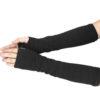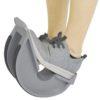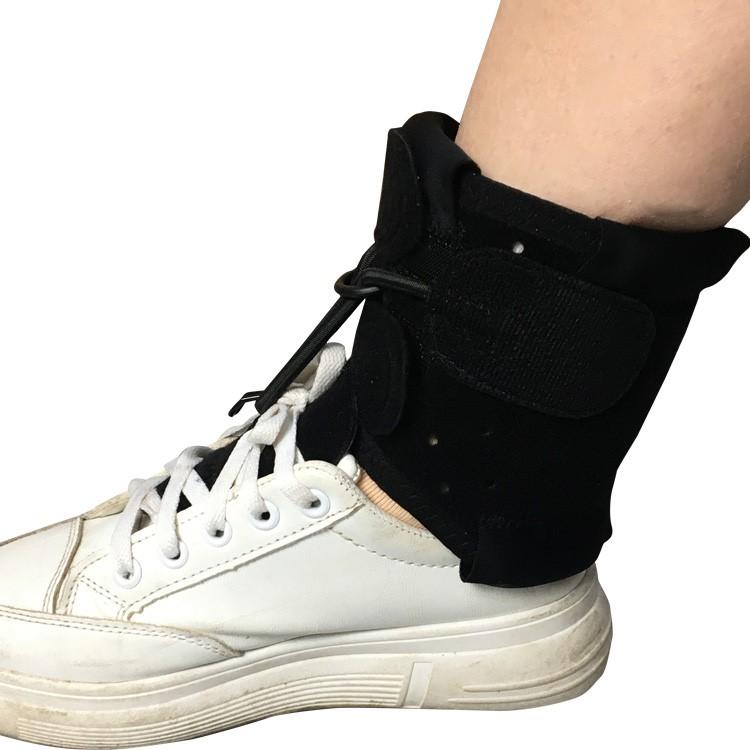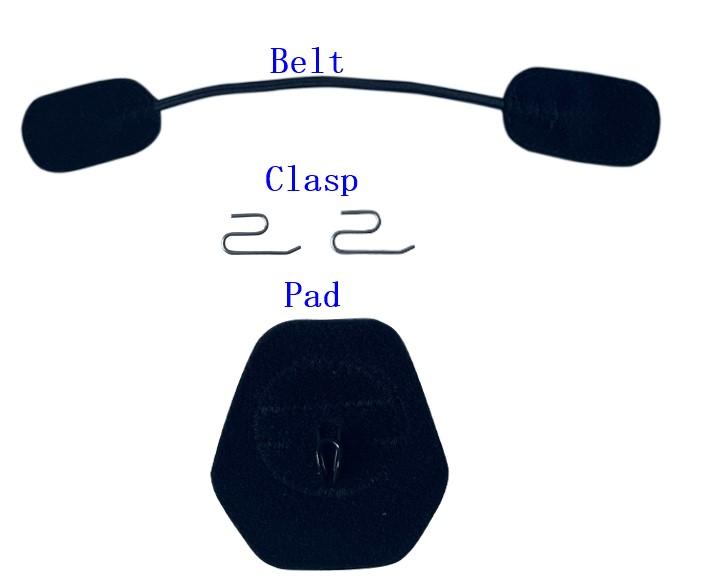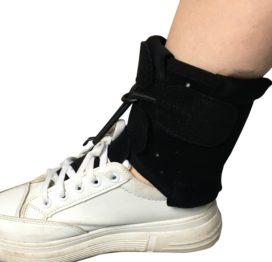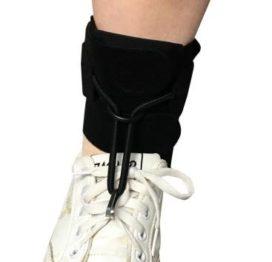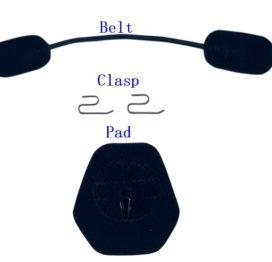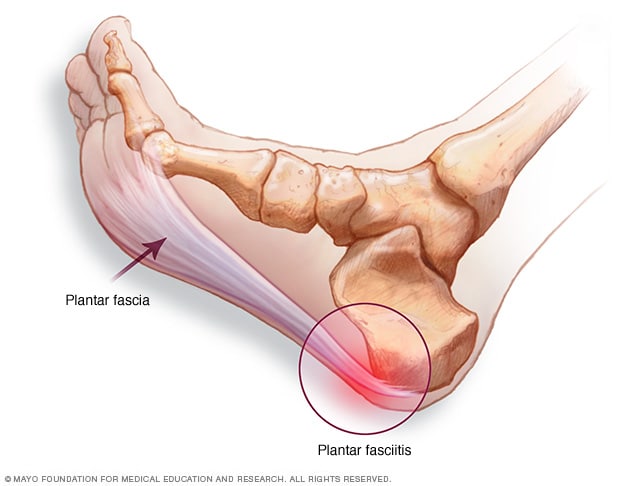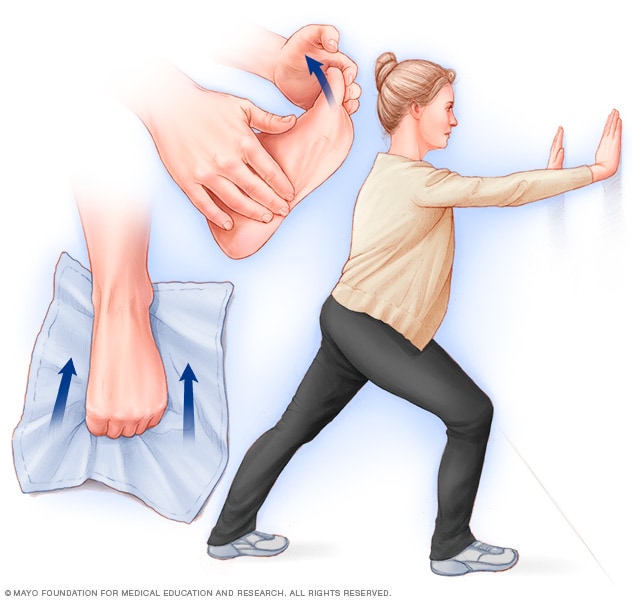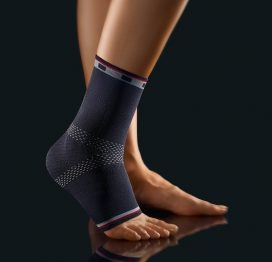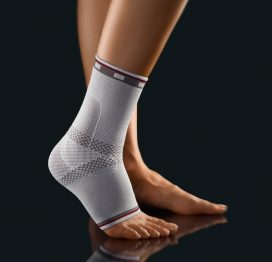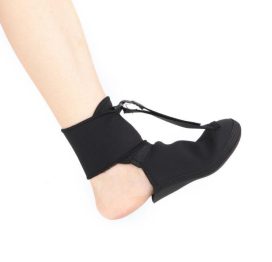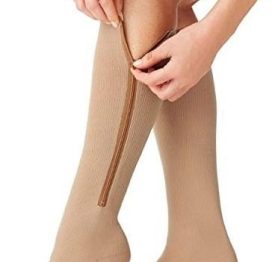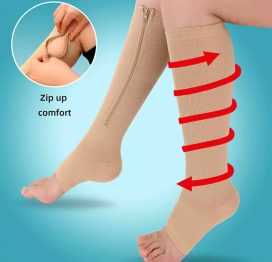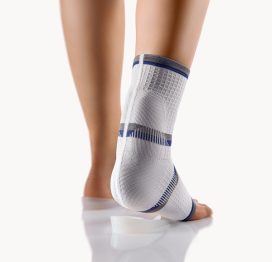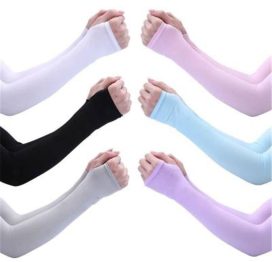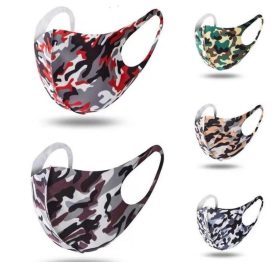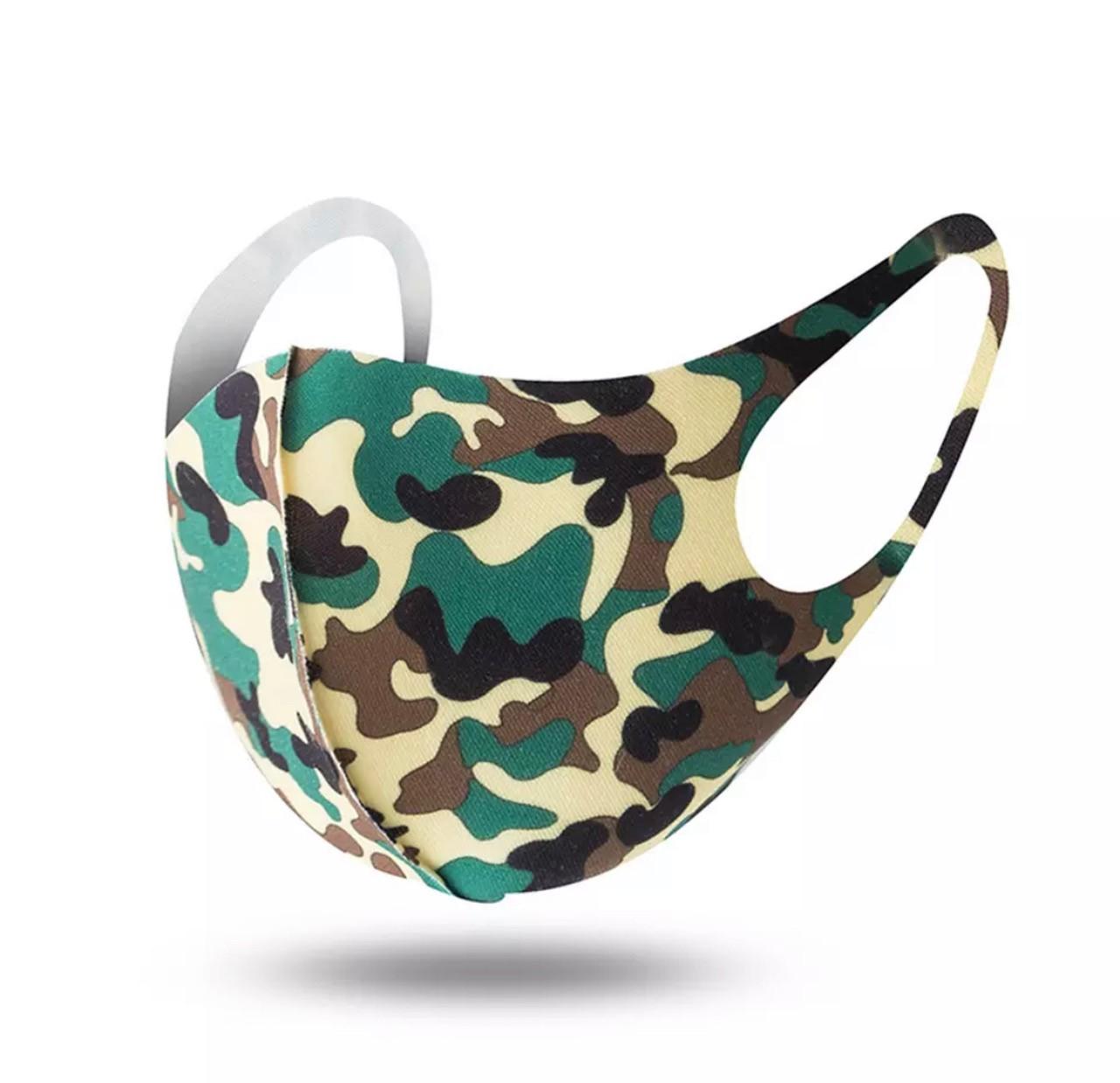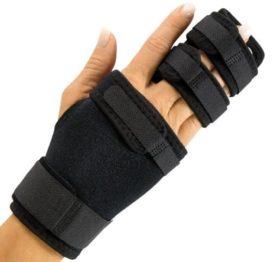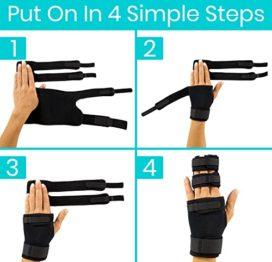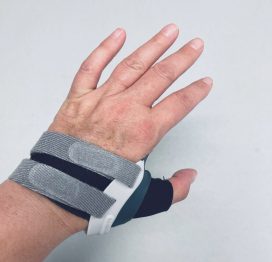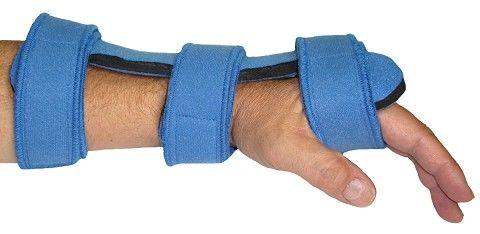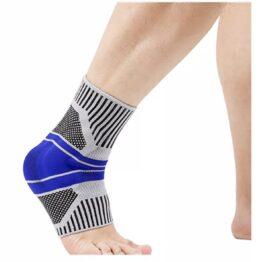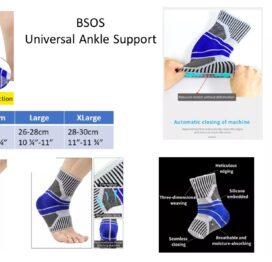BSOS Adjustable Ankle Brace- Anterior Tibial Tendonitis, Drop Foot Brace, Plantar Fasciitis, Stroke
$34.99 Original price was: $34.99.$29.99Current price is: $29.99.
Drop Foot Brace- Stroke, Plantar Fasciitis Daytime Splint, Stretching Splint & Foot Brace
The symptoms of plantar fasciitis include Pain on the bottom of the heel, or nearby. Increased pain after exercise (not during). Pain in the arch of the foot. BSOS Adjustable Ankle Brace for Anterior Tibial Tendonitis, Drop Foot Brace, Plantar Fasciitis, Stroke
BSOS Adjustable Ankle Brace- Anterior Tibial Tendonitis, Drop Foot Brace, Plantar Fasciitis, Stroke
Adjustable Drop Foot Brace with Tension Cord and 2 Shoe Pads
Daytime Splint For Walking, Standing or Relaxing,
AFO Brace Foot Drop Orthosis- Universal Size
SKU# 054 975- OS,BK
Drop Foot Brace | Ankle-Foot Orthosis (AFO) for Drop Foot Support, Achilles Tendonitis, Stroke Patient and Nerve Damage
-
Drop Foot
-
Weak Dorsiflexors
-
Achilles tendonitis
-
Plantar fasciitis
-
Stress fracture
-
Injury
-
Arch pain & edema
- Anterior Tibial Tendonitis
Best for:
- Walking
- Desk Work
- Daily Chores
- Indoor or Outdoor Events
SOFTER FABRIC & BREATHABLE DESIGN
Constructed with durable, skin-friendly velvet material and sandwich sponge, more comfortable and breathable, suitable for daily use. Lightweight material for max comfort, unlike other bulky braces.
REVOLUTIONARY ORTHOSIS
Provides a visible improvement in gait that offers support for drop foot or similar complaints. Recommended to everyone..
A VARIETY OF FORMS
Convenient, interchangeable inserts allow brace to be worn with a laced shoe, slip-on shoe, sneakers with laces, part of sandal.
UNIVERSAL & OPEN DESIGN
Universal size fits most adults, open design for easier adjustment, both OK for right and left feet. Attention: This product is not intended to diagnose. If you have any issues, please contact your health-care provider immediately.
One Size: Can be used for left and right foot, suitable for the maximum ankle
What’s Included:
- Adjustable Drop Ankle Foot Brace
- Tension Cord/Belt with Velcro Pads
- Additional Clasps
- 2 Shoe Pads with 1 Hook Each
Cleaning and Maintenance:
- Remove Straps Before Washing
- Hand Wash Below 86℉ ( 30 °C )
- Do not bleach, do not tumble dry
- Air Dry, Do not dry clean
Application:
- Wrap the brace around the ankle, keep the ring in front.
- Stick the belt to the brace.
- Put the pad with hook under the shoelace
- Bend the belt and through the ring, then hang it on the hook.
- You can also put the clasp on the shoelace, then hang the belt on the clasp.
Designed to help support:
- Pain Management
- Discomfort caused by Post-Stroke
- Anterior Tibial Tendonitis
- Nerve Damage
- Foot drop
- Plantar Fasciitis
- Diabetic Neuropathy
- Muscular Dystrophy
- Achilles tendonitis
- Early plantar flexion spasm
- Neuromuscular weakness
- Peroneal Palsy
- Peroneal nerve paralysis
- Poliomyelitis
- Polio
- Hemiplegia
- Achilles Tendonitis
- Multiple Sclerosis and more!
Best for:
Plantar fasciitis (PLAN-tur fas-e-I-tis) is one of the most common causes of heel pain.
It involves inflammation of a thick band of tissue that runs across the bottom of your foot and connects your heel bone to your toes (plantar fascia).
Plantar fasciitis commonly causes stabbing pain that usually occurs with your first steps in the morning. As you get up and move, the pain normally decreases, but it might return after long periods of standing or when you stand up after sitting.
Plantar fasciitis is more common in runners. People who are overweight and those who wear shoes with inadequate support also have an increased risk of plantar fasciitis.
Symptoms
Plantar fasciitis typically causes a stabbing pain in the bottom of your foot near the heel.
Heel pain is the primary symptom of plantar fasciitis, especially evident in the following conditions:
-
The pain is usually the worst with the first few steps after awakening
-
Pain and stiffness in the morning that gets worse as the day progresses
-
It can also be triggered by long periods of standing or when you get up after sitting
-
Pain which would get worse when climbing stairs or standing on toes
-
The pain is usually worse after exercise, not during it.
-
Pain in the bottom of your foot
-
Pain at the front or center of your heel bone
-
Pain when flexing
-
Heel tenderness
-
Foot tingling or burning
Risk factors
Even though plantar fasciitis can develop without an obvious cause, some factors can increase your risk of developing this condition. They include:
-
Age. Plantar fasciitis is most common between the ages of 40 and 60+.
-
Certain types of exercise. Activities that place a lot of stress on your heel and attached tissue — such as long-distance running, ballet dancing and aerobic dance — can contribute to the onset of plantar fasciitis.
-
Foot mechanics. Flat feet, a high arch or even an abnormal pattern of walking can affect the way weight is distributed when you’re standing and can put added stress on the plantar fascia.
-
Obesity. Excess pounds put extra stress on your plantar fascia.
-
Occupations that keep you on your feet. Factory workers, teachers and others who spend most of their work hours walking or standing on hard surfaces can damage the plantar fascia.
Complications
Ignoring plantar fasciitis may result in chronic heel pain that hinders your regular activities. Changing the way you walk as a way to relieve plantar fasciitis pain might lead to foot, knee, hip or back problems.
How To Treat Plantar Fasciitis
If you want to heal your Plantar Fasciitis, you need to rest your foot and stimulate blood flow. This plantar fasciitis brace stands out from other treatment options. It provides gentle compression for stretching & resting your foot but also mobility.
There are also other remedies that can be used to treat Plantar Fasciitis and help relieve your foot and heel pain. Physical therapy can help teach you exercises and to massage and stretch the affected area. Taping may also be an option. It is recommended to talk to your doctor if you have specific questions regarding your condition.
How do Drop Foot Plantar Fasciitis Ease Your Pain?
The key with this drop foot plantar fasciitis splint is its dorsiflexion assist strap that stretches from the ankle to the toes. The fastener strap threads through a buckle, so you can easily adjust how much your plantar fascia stretches during the daytime.
A medical professional can provide more specific advice when it comes to the appropriate amount of plantar fasciitis stretching needed for relief from plantar fasciitis pain. But generally speaking, just a mild dorsiflexion foot stretch will suffice.
Both men and women can benefit from using this drop foot plantar fasciitis splint.
A contact closure around the ankle means this component of plantar fasciitis arch pain is highly adjustable for a comfortable fit at the ankle, too.
Tips to Help Plantar Fasciitis Treatment Process:
While getting used to sleeping with the foot in dorsiflexion will likely take some time, a night splint sock for plantar fasciitis therapy is often easier to get used to than sleeping with a rigid plantar fasciitis boot. If the sock is uncomfortable, we recommend lessening the degree of stretch that you use. Another option would be to only wear the splint for a short period of time and work up to wearing it for longer periods of time. This stretching splint should be worn at night or while you’re resting during the day. If you are looking for something to wear throughout the day, check out this plantar fasciitis day splint brace.
Obviously, stretching the foot at night will help with plantar fasciitis relief, but this method can also help with other injuries such as Achilles tendonitis, plantar flexion contractures, heel spurs, and other lower leg overuse injuries during the daytime.
What is Plantar Fasciitis?
The condition’s name is derived from the plantar fascia. Plantar fasciitis is an inflammation of the fibrous tissue (plantar fascia) along the bottom of your foot that connects your heel bone to your toes. Plantar fasciitis can cause intense heel pain. Plantar fasciitis is a condition characterized by a stabbing sensation in the heel that most often accompanies your first steps of the day. Once you have moved around a bit, limbering up your foot, the pain typically eases. Similarly, the stabbing sensation may also flare up when you stand after sitting for an extended time. The pain may also return following long hours on your feet or after an intense bout of physical activity.
Causes of Plantar Fasciitis:
-
Extra weight
-
Non-supportive shoes
-
Long periods of standing on hard surfaces
-
Athletic activities that put stress on your foot .Your plantar fascia is in the shape of a bowstring, supporting the arch of your foot and absorbing shock when you walk. If tension and stress on this bowstring become too great, small tears can occur in the fascia. Repeated stretching and tearing can irritate or inflame the fascia, although the cause remains unclear in many cases of plantar fasciitis.
3 Reasons Why Our Drop Foot Plantar Fasciitis Brace is the Best:
-
The Ideal Apply
-
Easy to Use
-
Unbeatable Quality
Frequently Asked Questions About This Soft Night Brace
-
What conditions / injuries does this ankle stabilizer treat? This foot brace is the perfect support for many different conditions including foot drop, plantar fasciitis, and Achilles tendonitis.
-
How does it work? This flexible splint for plantar fasciitis, foot drop, and more helps reduce the painful tightening that you endure. It holds your foot at a 90-degree angle while you walk or rest, stretching your fascia, Achilles tendon, and calf muscle.
-
When should I wear it? This drop foot plantar fasciitis brace is meant to be worn while are awake, outdoors or kicking your feet back on the couch. It is not meant to be worn while walking long distances. Please remove this brace if you plan on walking long distances.
-
Who can wear this brace? Men and women of all ages can benefit from the stretch provided by this drop foot brace.
-
What size should I buy? This is a one size fits most.
- How do I put it on?
- Wrap the brace around the ankle, keep the ring in front.
- Stick the belt to the brace.
- Put the pad with hook under the shoelace
- Bend the belt and through the ring, then hang it on the hook.
- You can also put the clasp on the shoelace, then hang the belt on the clasp
-
Washing Instructions: Hand wash in warm water with mild soap. Air dry completely before reapplying.
- Color: Black.
Exercises to help prevent plantar fasciitis
Left: To strengthen arch muscles, place a towel on the floor, grab the towel with your toes and pull it toward you. Top: While sitting, grasp your toes and gently pull them toward you until you feel a stretch in the arch of your foot. Right: Stand as shown, with your back leg straight and heel down. Move your hips forward until you feel a stretch in your calf. Switch legs and repeat. Hold each stretch for at least 30 seconds — don’t bounce — and do one or two repetitions two to three times a day.
| L-Code |
|---|


